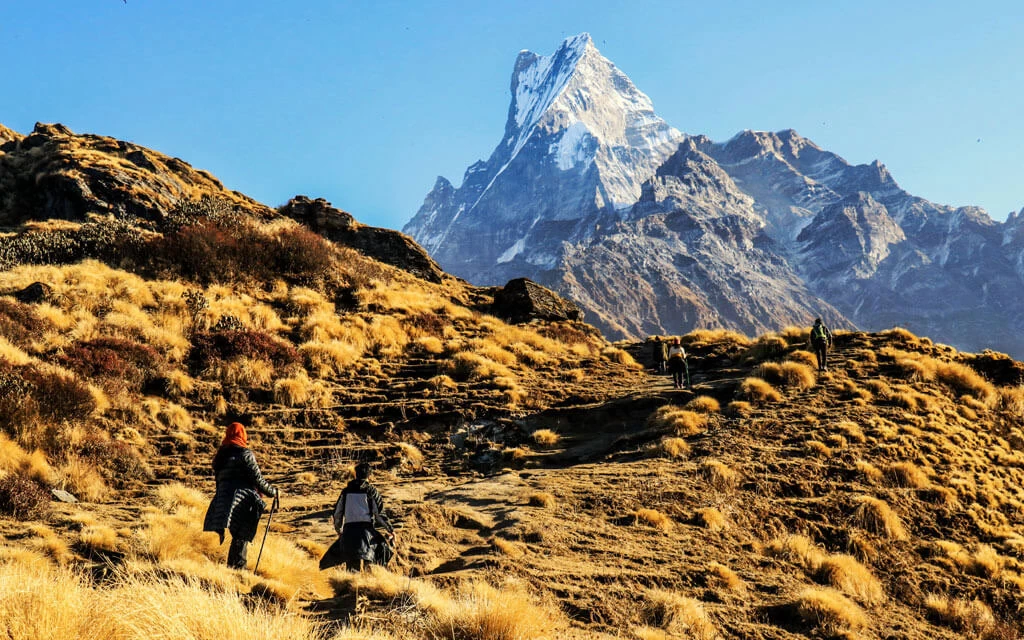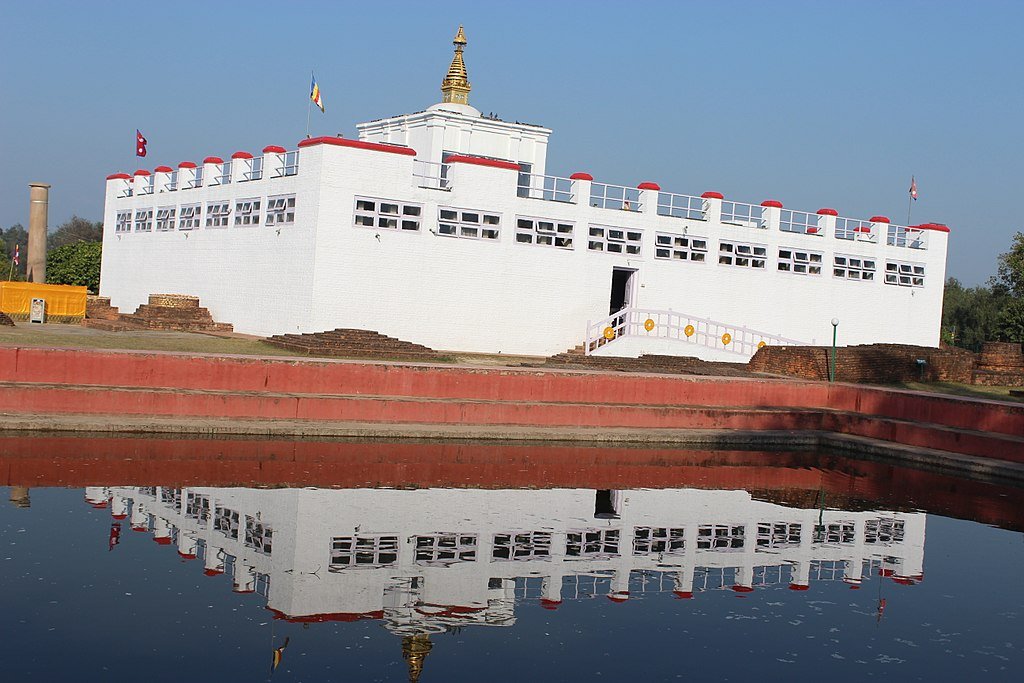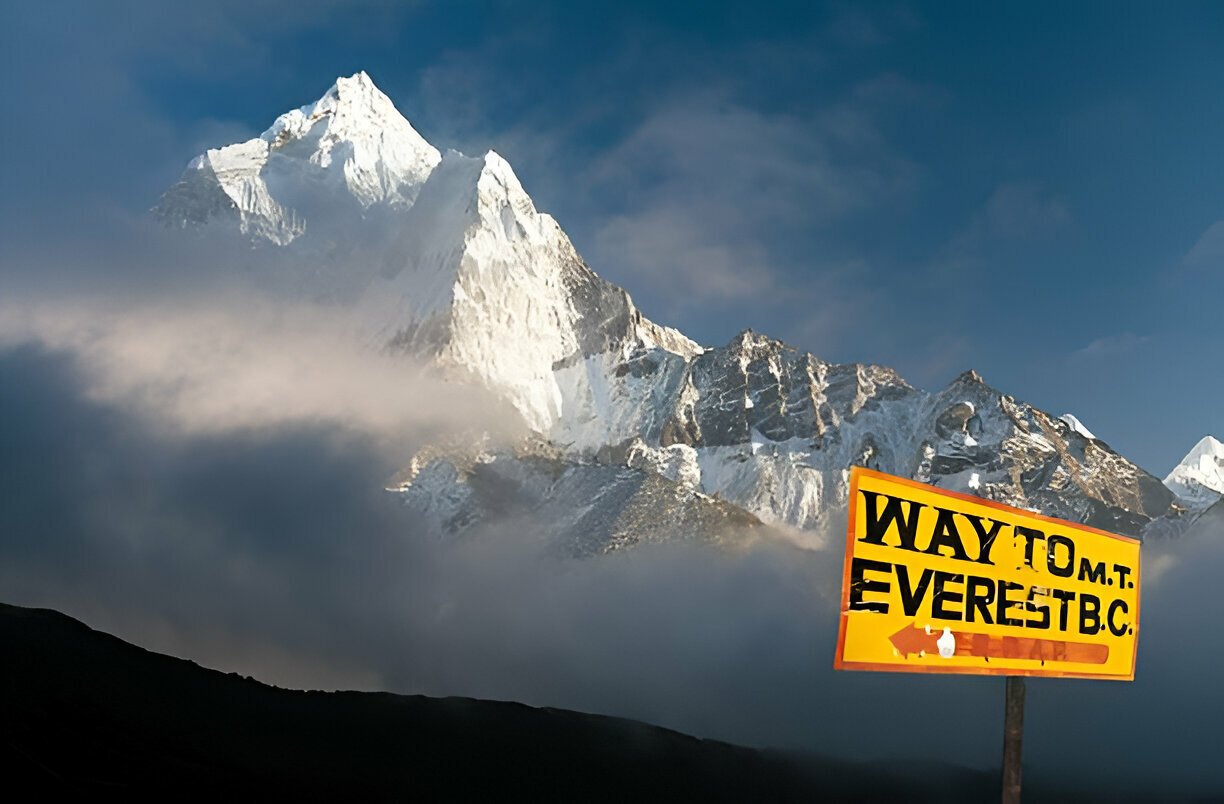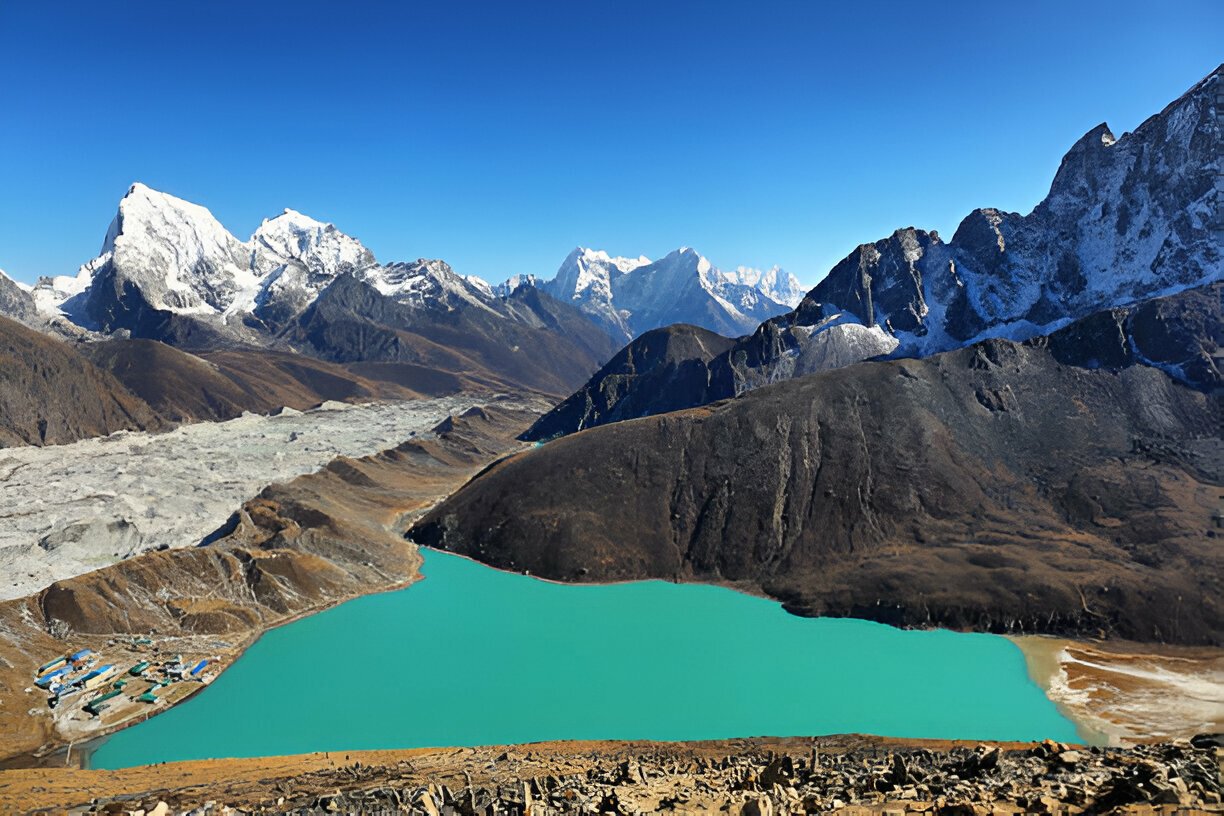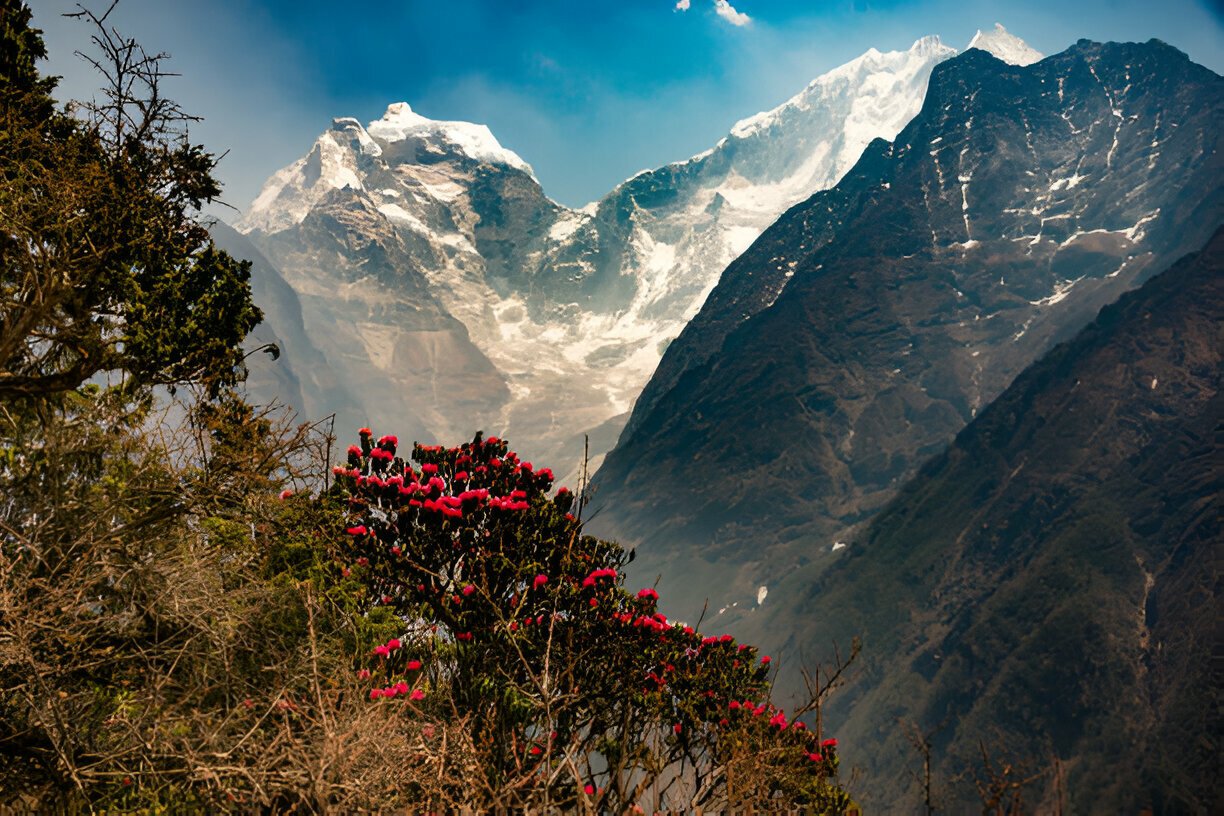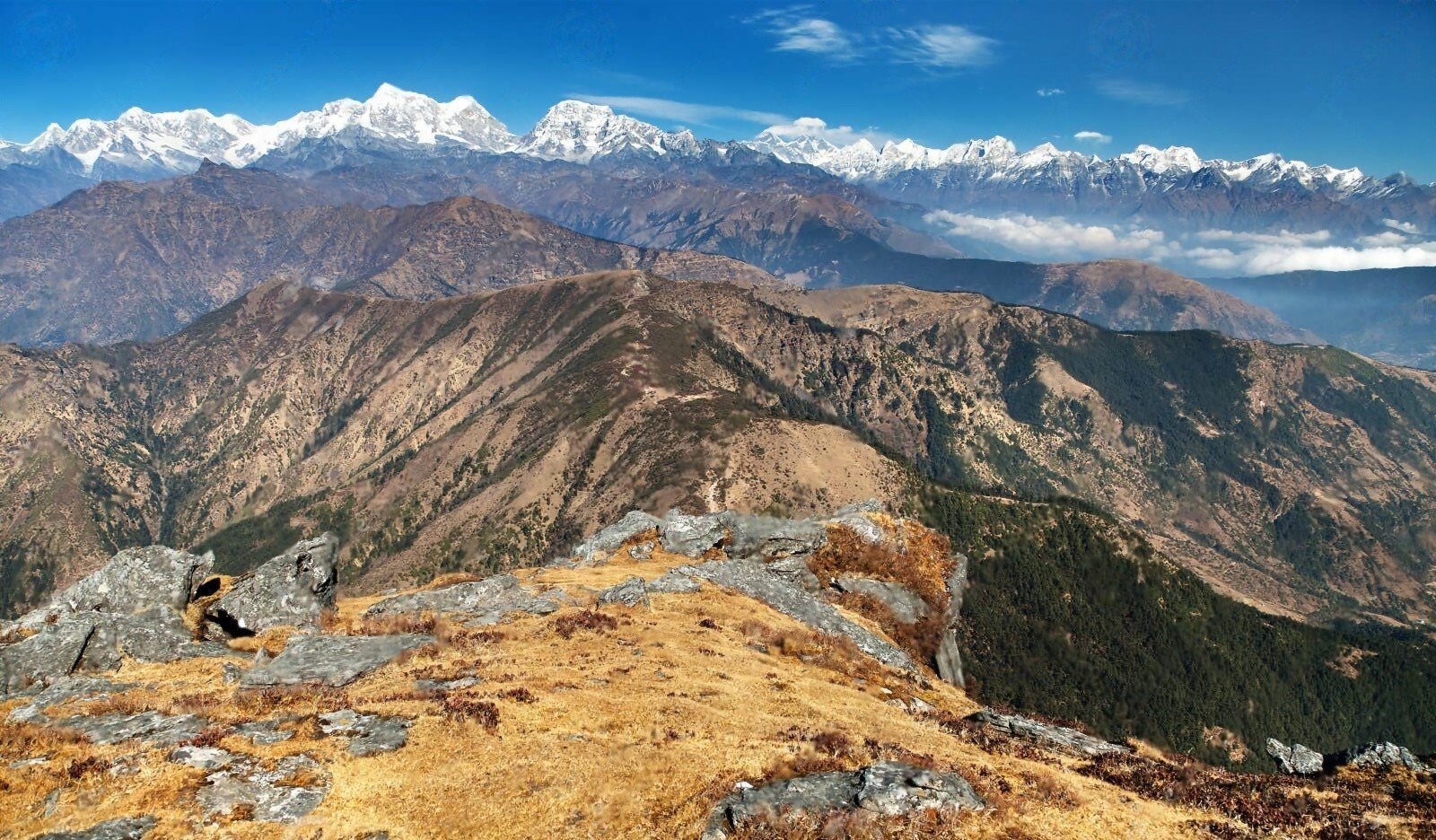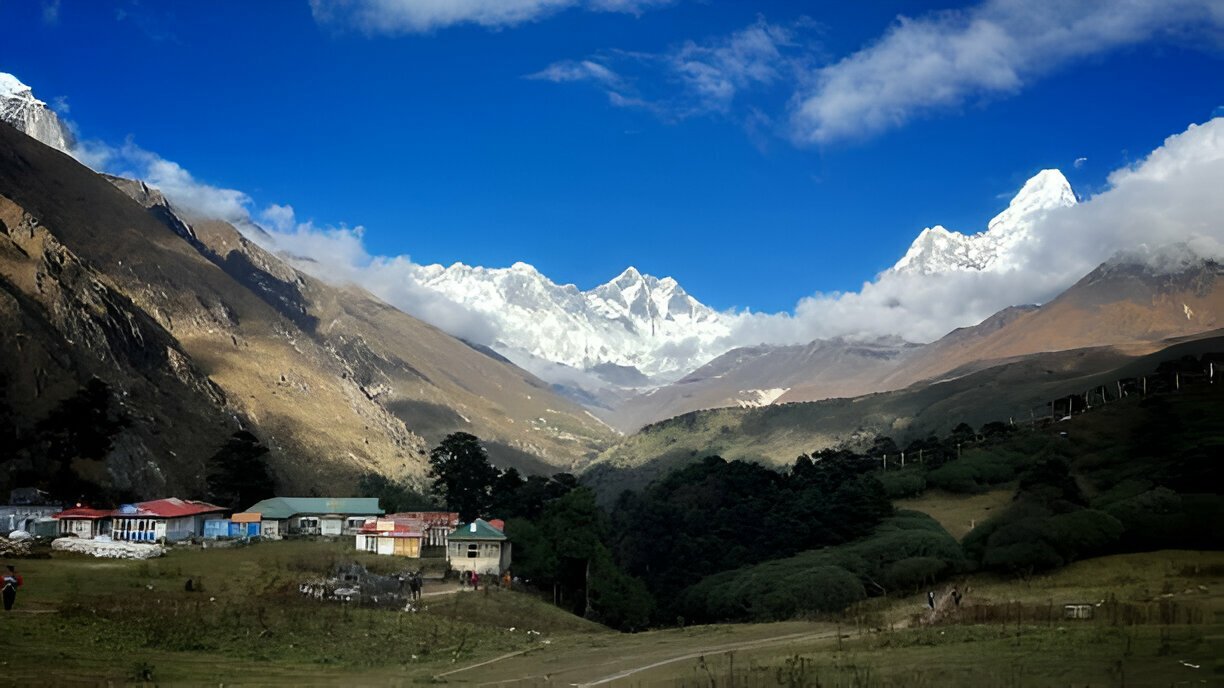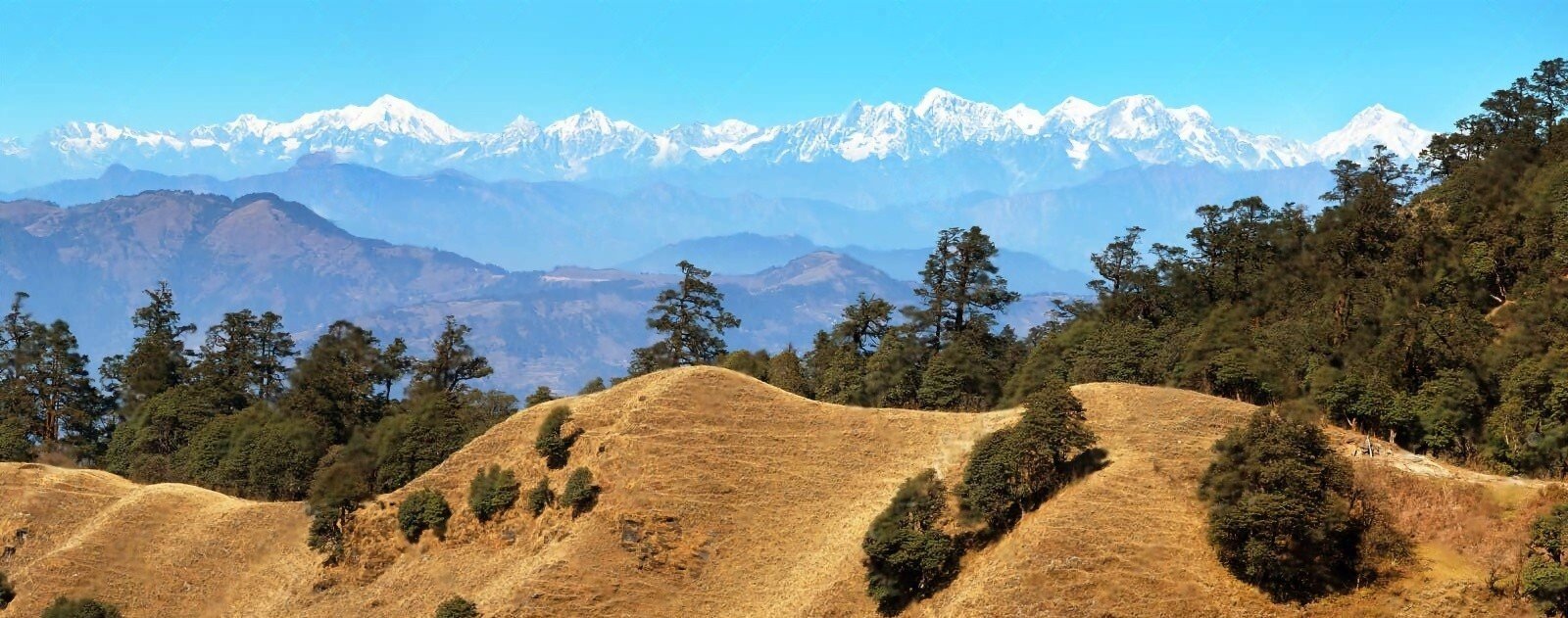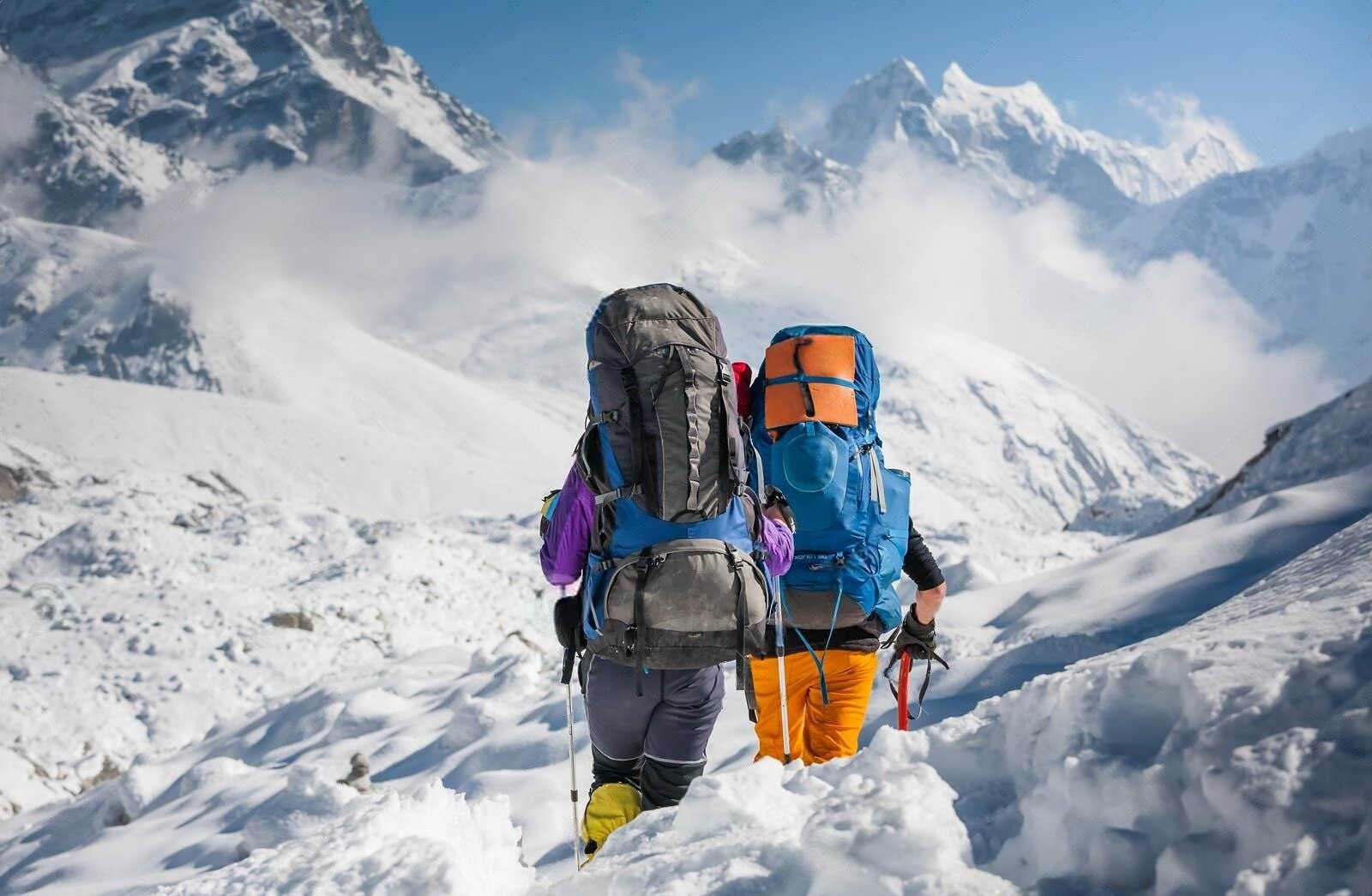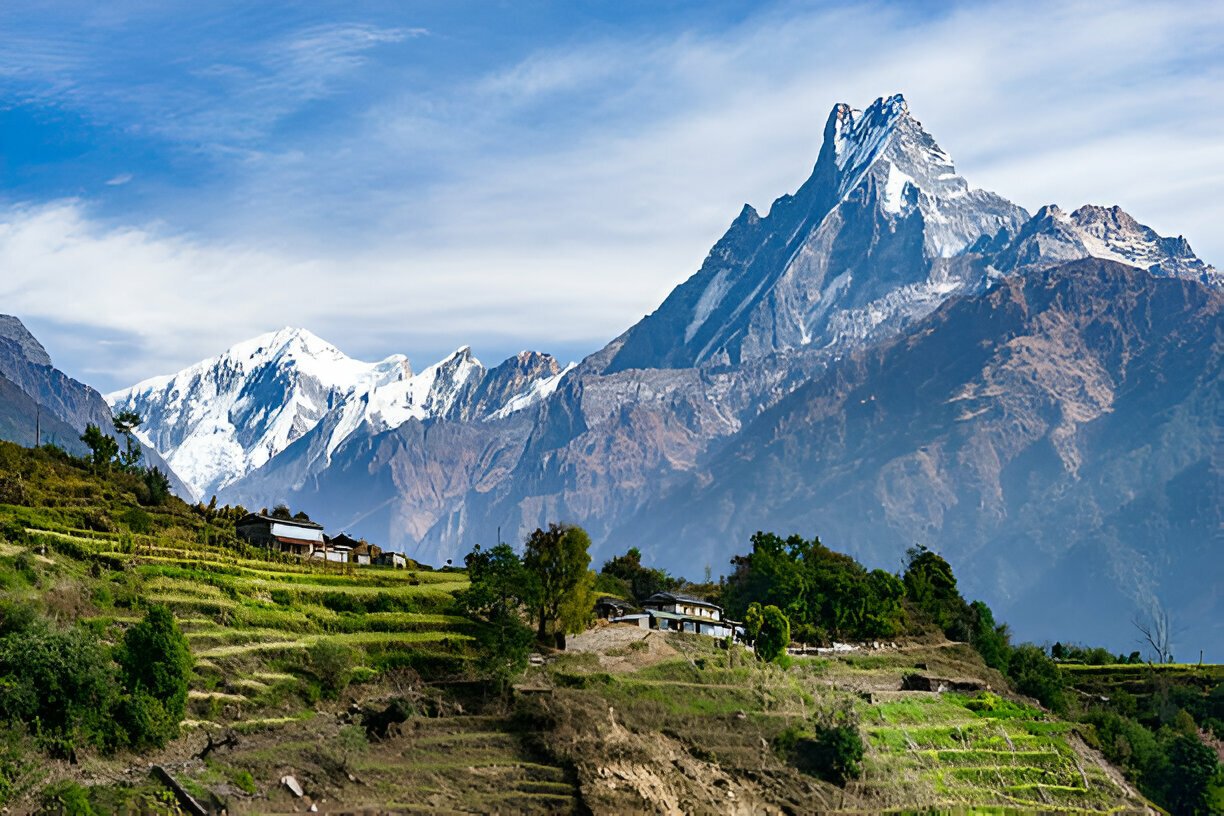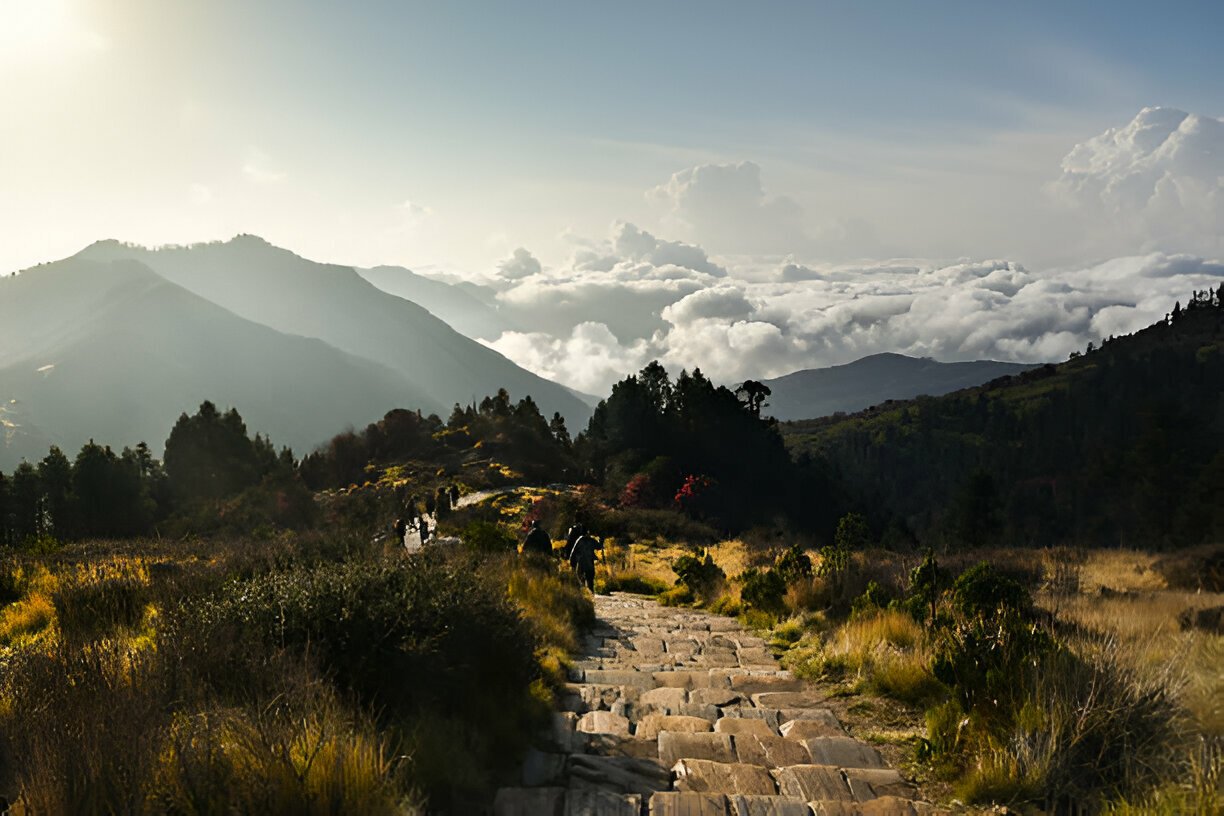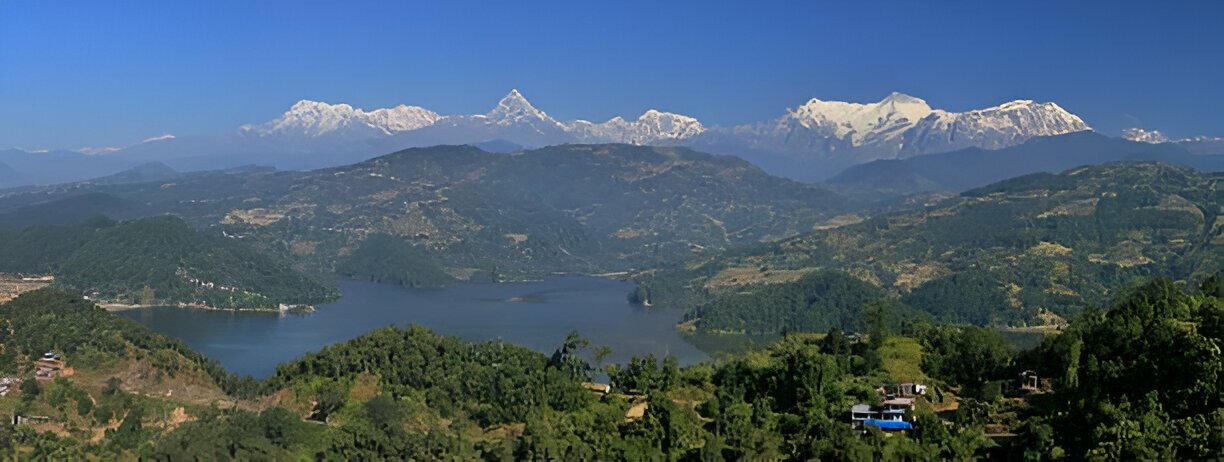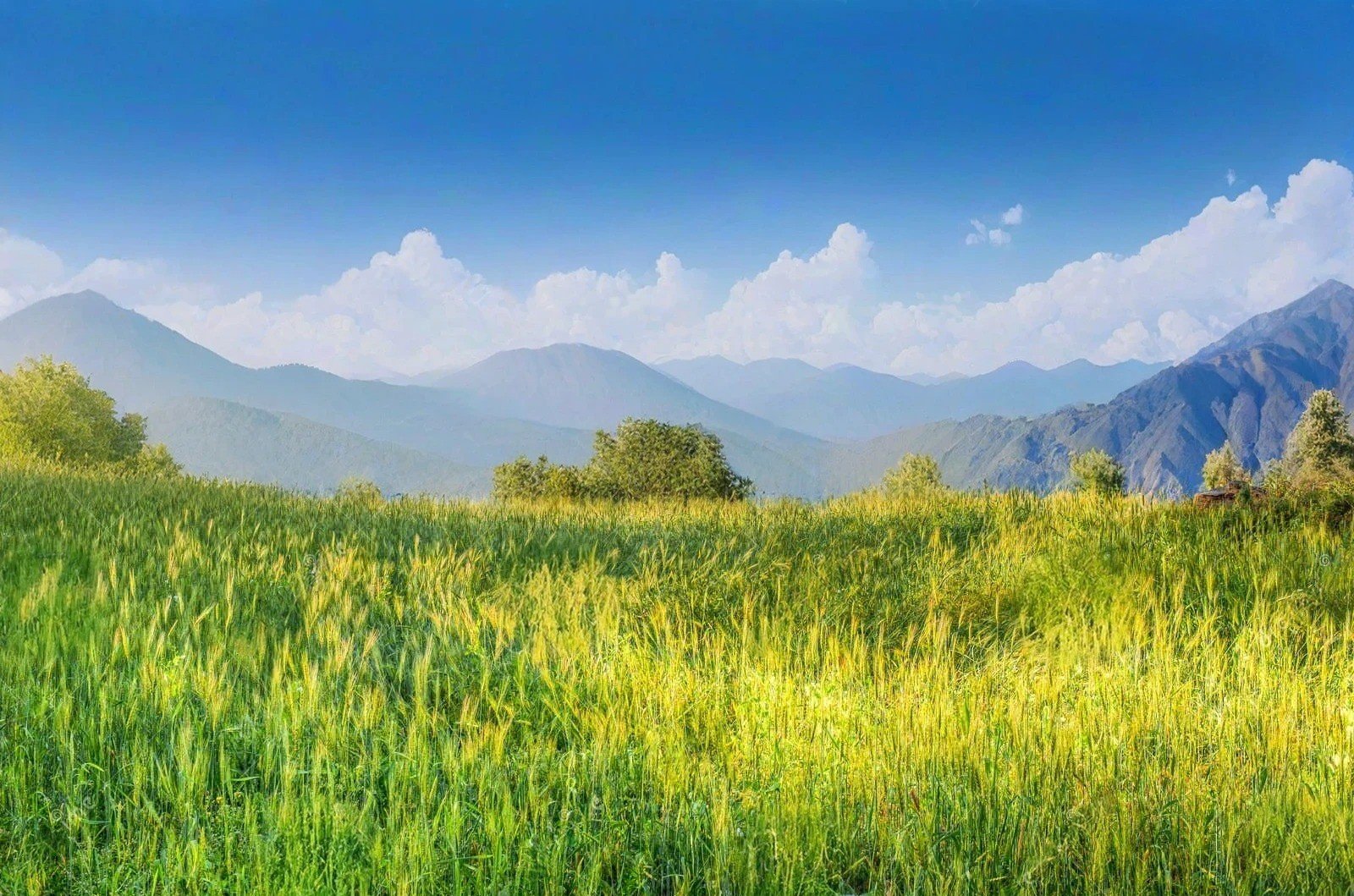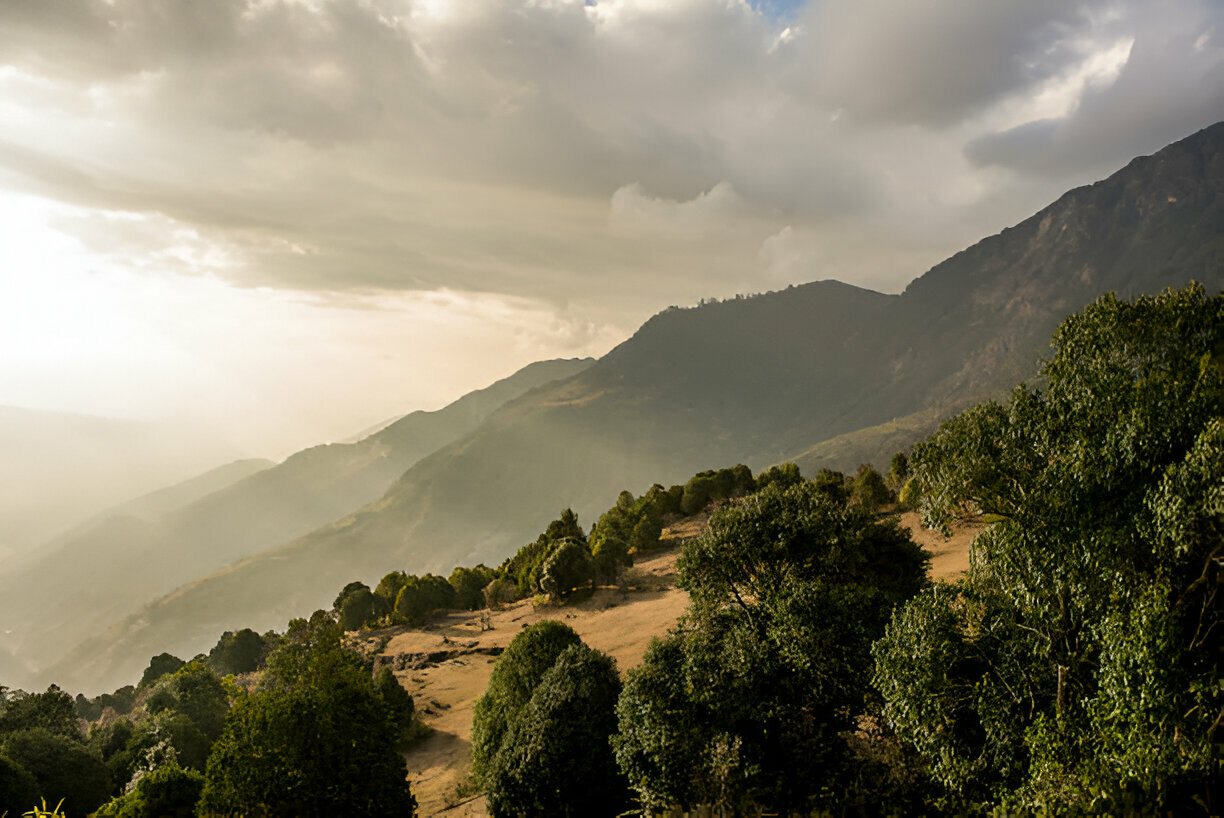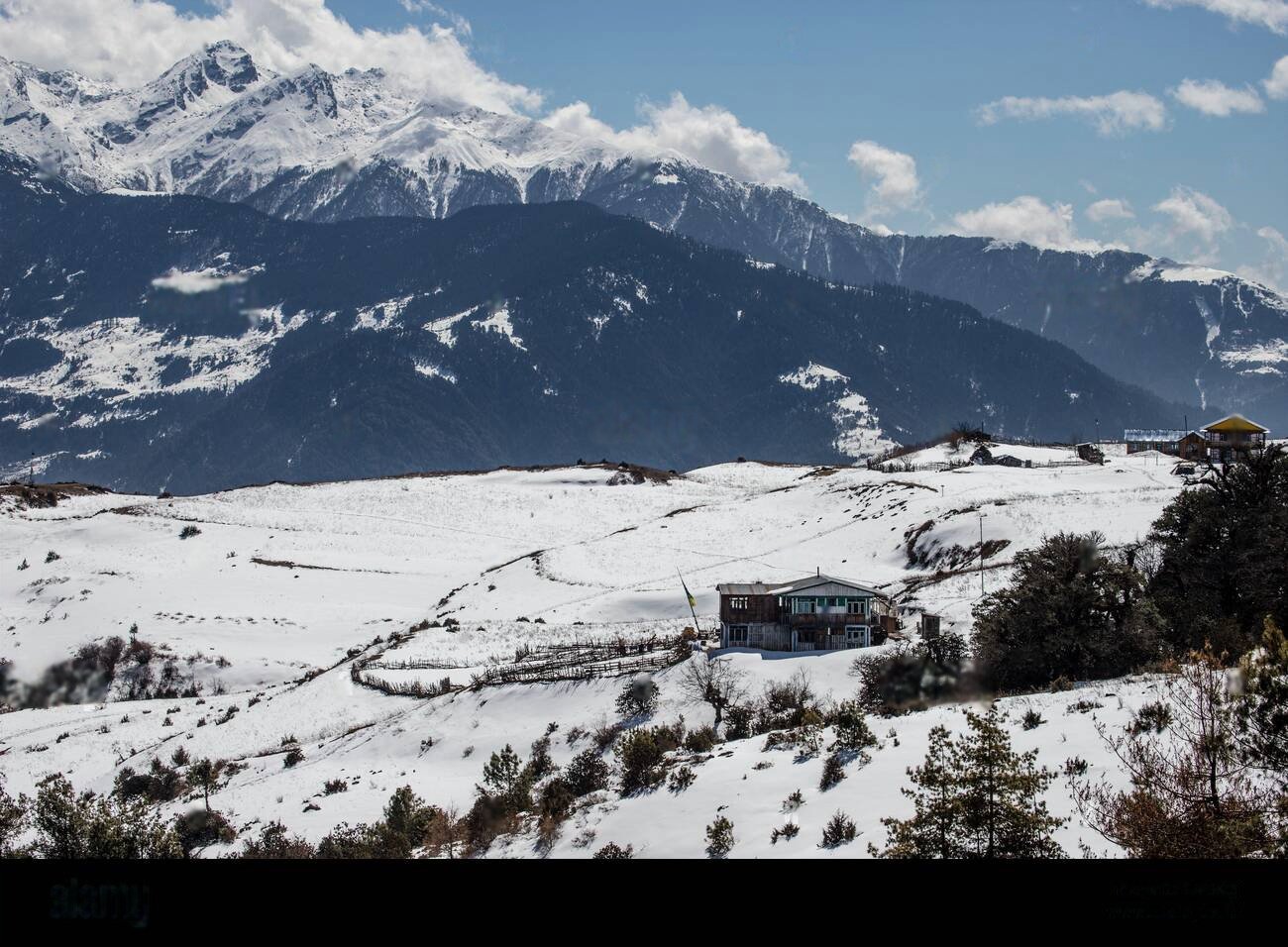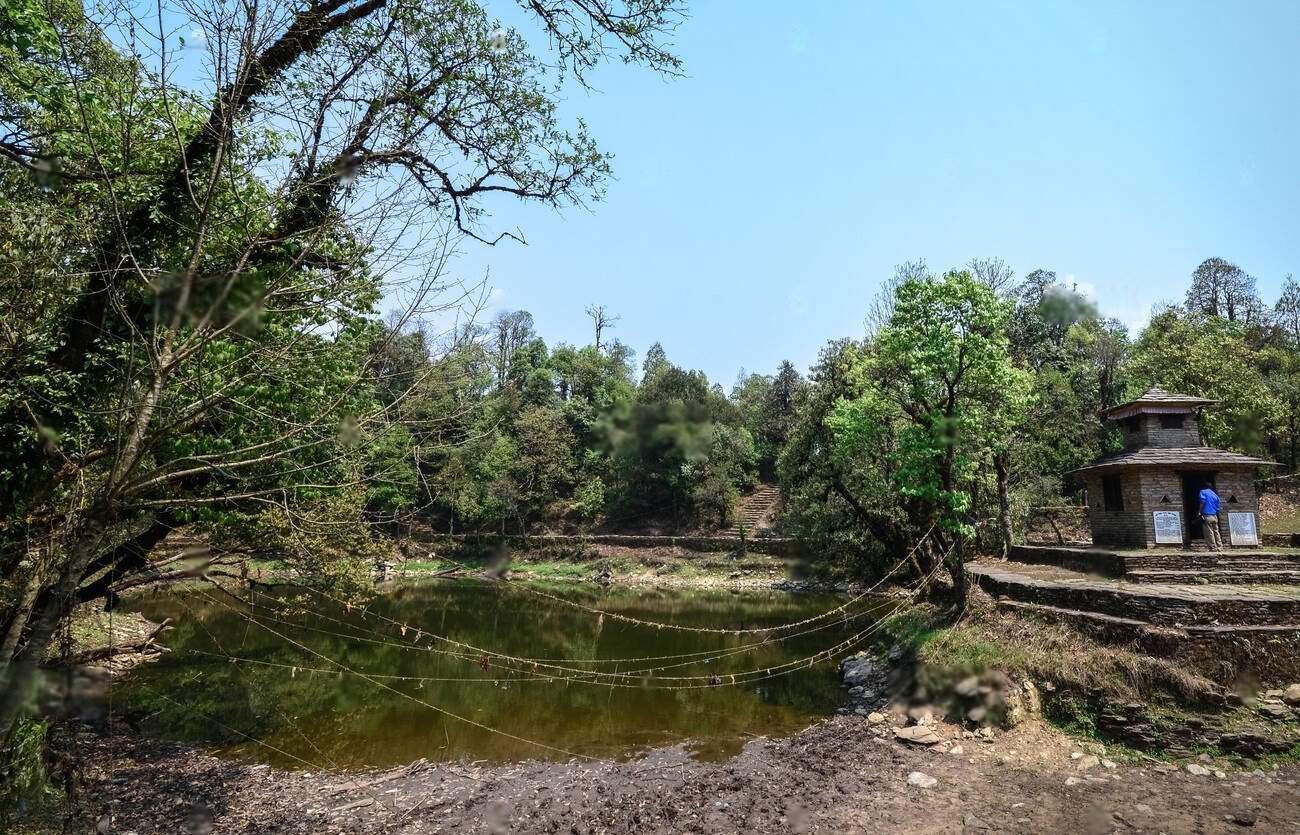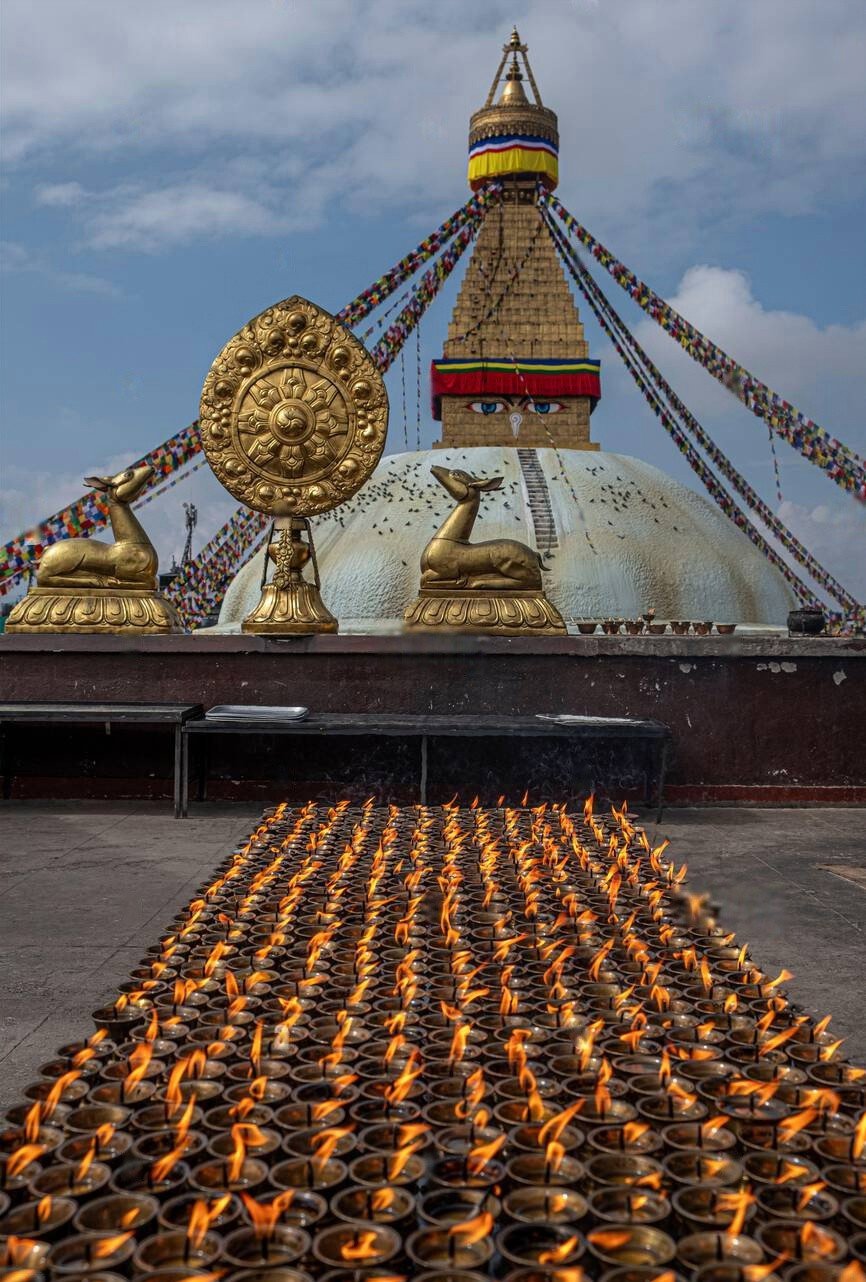 Detailed Information
Detailed Information
Boudhanath Stupa offers a uniquely immersive spiritual experience that transcends religious boundaries, drawing visitors into a centuries-old tradition of mindful circumambulation and contemplative practice. What makes this sacred site extraordinary is the palpable sense of devotion that permeates the space, creating an atmosphere of serenity amid the otherwise chaotic energy of Kathmandu.
As you approach the stupa, its massive white dome emerges above the surrounding buildings, crowned by the distinctive square harmika adorned with Buddha eyes that seem to follow you from every angle. These eyes—representing the all-seeing wisdom of the Buddha—gaze out in the four cardinal directions, with a third eye symbolizing spiritual awakening and the curling question mark-like symbol representing the path to enlightenment. This iconography creates an immediate connection between the physical structure and its deeper spiritual significance.
The ritual experience centers around the kora—the meditative practice of circumambulating the stupa in a clockwise direction. Joining the constant stream of devotees, you become part of a living tradition as your footsteps fall into rhythm with others who have walked this path for generations. Many pilgrims spin the 108 prayer wheels that line the outer wall of the stupa, each containing scrolls inscribed with the mantra "Om Mani Padme Hum," believed to purify negative karma with each revolution.
The cultural tapestry surrounding Boudhanath is equally compelling. The area has become home to thousands of Tibetan refugees who have established a vibrant community preserving their endangered traditions. The monasteries surrounding the stupa serve as centers for Buddhist learning and practice, where young monks can be observed debating philosophical points or practicing ritual chanting. The gentle sounds of bells, drums, and monastic horns often float through the air, creating a multisensory sacred environment.
Throughout the day, the atmosphere around Boudhanath shifts subtly. Early morning brings local devotees who perform their daily religious practices before work. By mid-morning, visitors and tourists arrive, creating a blend of spiritual pilgrimage and cultural tourism. Late afternoon sees another surge of local practitioners, and as dusk falls, the stupa is illuminated by hundreds of butter lamps, creating a magical golden glow as monks perform evening prayers. This daily rhythm reflects the living nature of Boudhanath as both an ancient monument and a contemporary spiritual center.
Boudhanath Stupa offers a uniquely immersive spiritual experience that transcends religious boundaries, drawing visitors into a centuries-old tradition of mindful circumambulation and contemplative practice. What makes this sacred site extraordinary is the palpable sense of devotion that permeates the space, creating an atmosphere of serenity amid the otherwise chaotic energy of Kathmandu.
As you approach the stupa, its massive white dome emerges above the surrounding buildings, crowned by the distinctive square harmika adorned with Buddha eyes that seem to follow you from every angle. These eyes—representing the all-seeing wisdom of the Buddha—gaze out in the four cardinal directions, with a third eye symbolizing spiritual awakening and the curling question mark-like symbol representing the path to enlightenment. This iconography creates an immediate connection between the physical structure and its deeper spiritual significance.
The ritual experience centers around the kora—the meditative practice of circumambulating the stupa in a clockwise direction. Joining the constant stream of devotees, you become part of a living tradition as your footsteps fall into rhythm with others who have walked this path for generations. Many pilgrims spin the 108 prayer wheels that line the outer wall of the stupa, each containing scrolls inscribed with the mantra "Om Mani Padme Hum," believed to purify negative karma with each revolution.
The cultural tapestry surrounding Boudhanath is equally compelling. The area has become home to thousands of Tibetan refugees who have established a vibrant community preserving their endangered traditions. The monasteries surrounding the stupa serve as centers for Buddhist learning and practice, where young monks can be observed debating philosophical points or practicing ritual chanting. The gentle sounds of bells, drums, and monastic horns often float through the air, creating a multisensory sacred environment.
Throughout the day, the atmosphere around Boudhanath shifts subtly. Early morning brings local devotees who perform their daily religious practices before work. By mid-morning, visitors and tourists arrive, creating a blend of spiritual pilgrimage and cultural tourism. Late afternoon sees another surge of local practitioners, and as dusk falls, the stupa is illuminated by hundreds of butter lamps, creating a magical golden glow as monks perform evening prayers. This daily rhythm reflects the living nature of Boudhanath as both an ancient monument and a contemporary spiritual center.
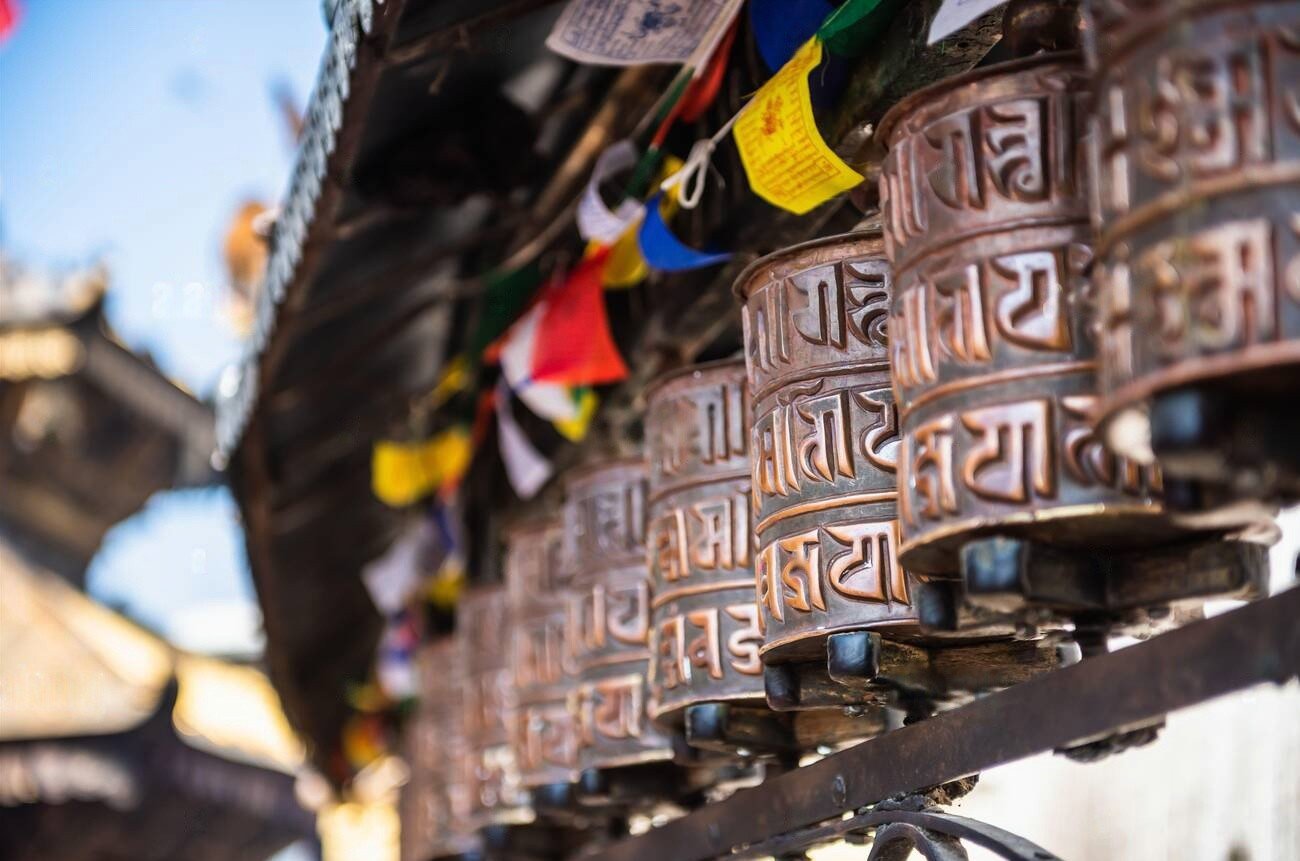
From $0
Price Varies from Group Size
Success
Here goes about why the success toast occurred.
 Activity Outline
Activity Outline
Sunrise at the Stupa
Rooftop Breakfast and View
Exploring Monasteries
Thangka Painting and Tibetan Crafts
The Great Stupa Up Close
Tibetan Cultural Center
Meditation Session
Evening Butter Lamp Ceremony
 Good to Know
Good to Know
Walking clockwise around the stupa (known as "kora") is considered a sacred ritual that should be performed in a mindful state for spiritual merit.
Cultural Highlights
Tibetan Community: Largest concentration of Tibetans in Nepal
Monastic Education: Active centers of Buddhist learning and practice
Traditional Arts: Thriving centers for thangka painting, statue making, and other sacred arts
Losar Festival: Tibetan New Year celebrations featuring masked dances and rituals
Full Moon Festivals: Special ceremonies on full moon days of the lunar calendar
Visitor Etiquette
Circumambulate the stupa in a clockwise direction
Spin prayer wheels with your right hand, also in a clockwise direction
Speak quietly and be mindful of those in prayer or meditation
Ask permission before photographing monks or religious ceremonies
Dress modestly, covering shoulders and knees
Remove shoes when entering temples and monasteries
Never climb on any part of the stupa structure
Nearby Attractions
Pashupatinath Temple: Sacred Hindu temple complex (15-minute drive)
Kopan Monastery: Major center for Buddhist study with spectacular hilltop views (20-minute drive)
Thamel: Kathmandu's tourist district with shops and restaurants (30-minute drive)
Kathmandu Durbar Square: Historic royal palace complex (35-minute drive)
Bhaktapur: Well-preserved medieval city-state (40-minute drive)
 Reviews
Reviews
 FAQs (Frequently Asked Questions)
FAQs (Frequently Asked Questions)
Your queries are answered.
Can non-Buddhists participate in the rituals?
Absolutely. Boudhanath welcomes visitors of all faiths to respectfully participate in circumambulation, prayer wheel spinning, and butter lamp offerings. The experience is meant to be inclusive while remaining respectful of its sacred nature.
What is the best time of day to visit Boudhanath?
Early morning (6:00-8:00 AM) offers a peaceful atmosphere with local devotees, while evening (5:30-7:00 PM) provides the magical experience of butter lamp offerings. Both times offer beautiful light for photography and a more authentic spiritual atmosphere.
How long should I spend at Boudhanath?
A meaningful visit requires at least 2-3 hours. To fully experience both the morning and evening atmospheres, consider splitting your visit into two sessions or dedicating a full day to explore the stupa and surrounding monasteries thoroughly.
Are there opportunities to learn meditation at Boudhanath?
Yes, several centers around the stupa offer meditation instruction for beginners, ranging from drop-in sessions to more extended courses. The Kopan Monastery nearby also offers renowned meditation and Buddhist philosophy courses.
What is the meaning of the mantra "Om Mani Padme Hum"?
This six-syllable mantra embodies the compassion of all Buddhas. While it defies direct translation, it represents the transformation of impure body, speech, and mind into their pure exalted forms, invoking the blessings of Avalokiteshvara, the Buddha of Compassion.
Was the stupa damaged in the 2015 earthquake?
Yes, the upper portion of the stupa was severely damaged during the April 2015 earthquake. However, it has been fully restored through international efforts and community donations, with the renovation completed in November 2016.
Can I purchase authentic Buddhist items near the stupa?
The area surrounding Boudhanath offers numerous shops selling authentic ritual items, thangkas, statues, and texts. Your guide can recommend reputable establishments that sell ethically sourced items that support local artisans and the Tibetan community.
